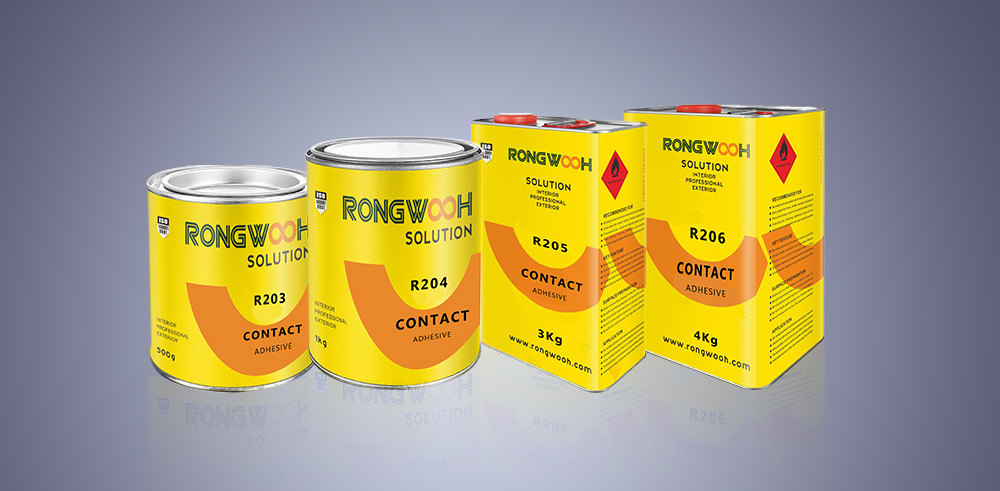Multiple Roles of Magnesium Oxide in Chloroprene Rubber and Key Points for Selection
1. Overview
Chloroprene is a rubber material with excellent bonding properties and cohesive strength. It has a regular structure and contains chlorine atoms with high polarity, which makes it show good bonding properties and high cohesive strength at room temperature. Most chloroprene rubber adhesives are room temperature curing contact type. After being applied to the surface, they can be instantly crystallized after being properly aired and closed. They have a large initial bonding force, high bonding strength, and a fast strength building speed.
2. The role of magnesium oxide in chloroprene rubber mainly includes the following points:
Vulcanization accelerator: Magnesium oxide can accelerate the vulcanization reaction rate of chloroprene rubber and improve the vulcanization effect. Vulcanization is an important link in rubber processing. It can form a cross-linked structure between rubber molecules, thereby improving the mechanical properties and heat resistance of rubber.
Neutralize acidic substances: During the production process of chloroprene rubber, some acidic substances may be produced, such as peroxides, acid catalysts, etc. These acidic substances will reduce the performance of chloroprene rubber and even cause aging and damage to the rubber. As an alkaline substance, magnesium oxide can neutralize these acidic substances, maintain the acid-base balance of chloroprene rubber, and protect the performance of rubber.
Flame retardant effect: Magnesium oxide itself has good flame retardant properties, which can reduce the combustion performance of chloroprene rubber and improve the safety of rubber products. At high temperatures, magnesium oxide decomposes to produce oxygen, reacts with burning substances, inhibits the combustion process, and reduces the spread of fire.
Enhance the mechanical properties of rubber: The addition of magnesium oxide can improve the mechanical properties of chloroprene rubber and improve the strength and wear resistance of rubber products. Magnesium oxide reacts with chloroprene rubber molecules, increases the cross-linking structure of rubber, and improves the heat resistance and tensile strength of rubber.
Three, what kind of magnesium oxide should be selected:
When choosing magnesium oxide, first consider the specific performance requirements of chloroprene rubber. For example, if chloroprene rubber needs to have good flame retardant properties, then you can choose a magnesium oxide product with higher flame retardant properties. At the same time, the purity of the product is also one of the important factors to consider when choosing. High-purity magnesium oxide products have better chemical stability and physical properties, and can meet higher-level application requirements. Therefore, when choosing magnesium oxide products, attention should be paid to the purity of the product, and products with high purity should be given priority.
In addition, attention should also be paid to the dosage and addition method of magnesium oxide. Too much magnesium oxide may affect the performance of chloroprene rubber, while too little magnesium oxide may not achieve the expected effect. Therefore, when using magnesium oxide, the dosage should be reasonably controlled according to the specific situation. At the same time, the addition method also needs to be paid attention to, and it should be ensured that the magnesium oxide can be evenly dispersed in the chloroprene rubber to give full play to its role.


